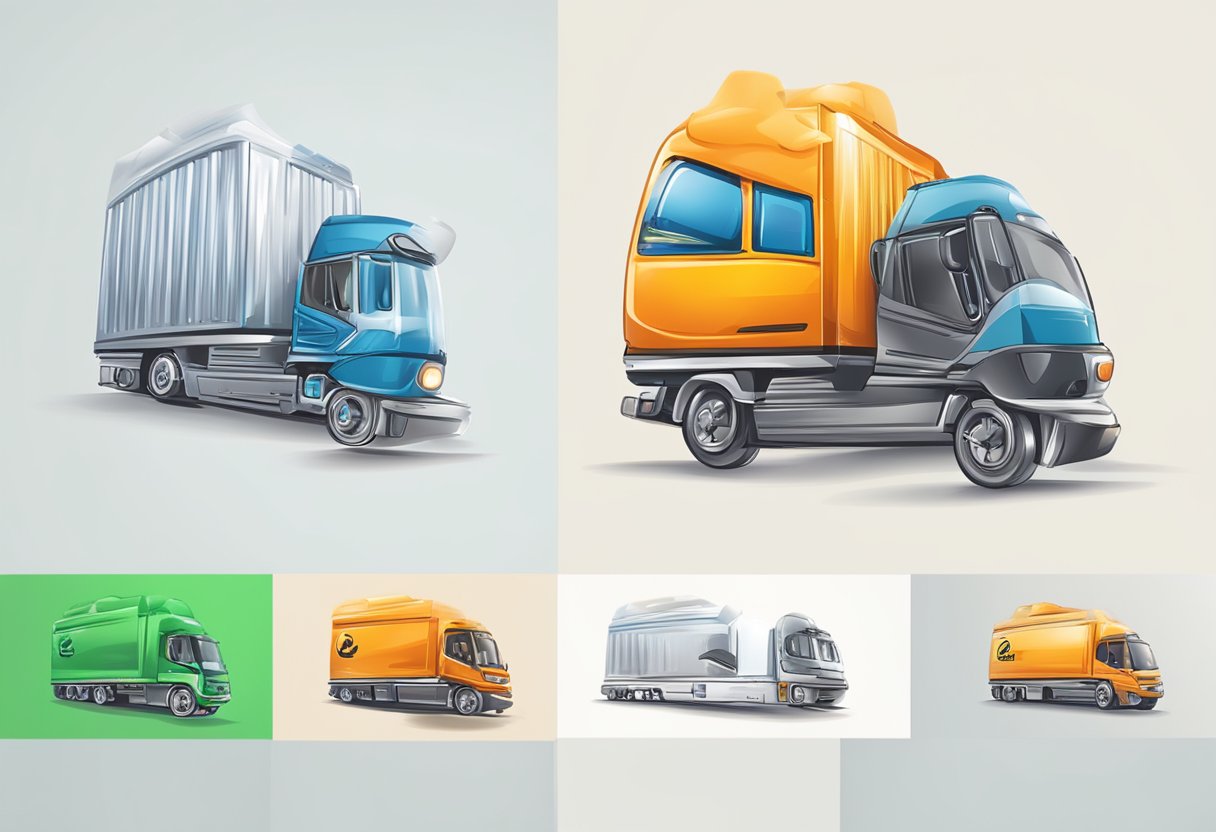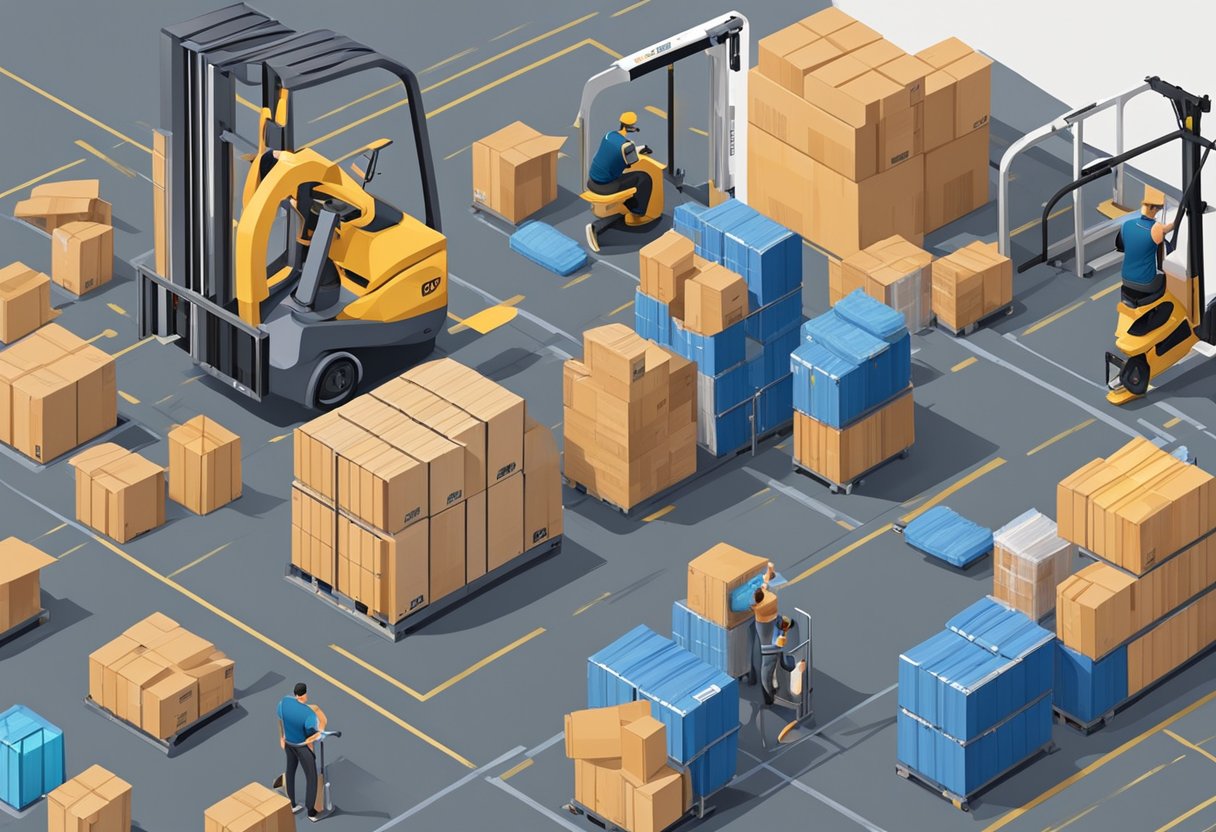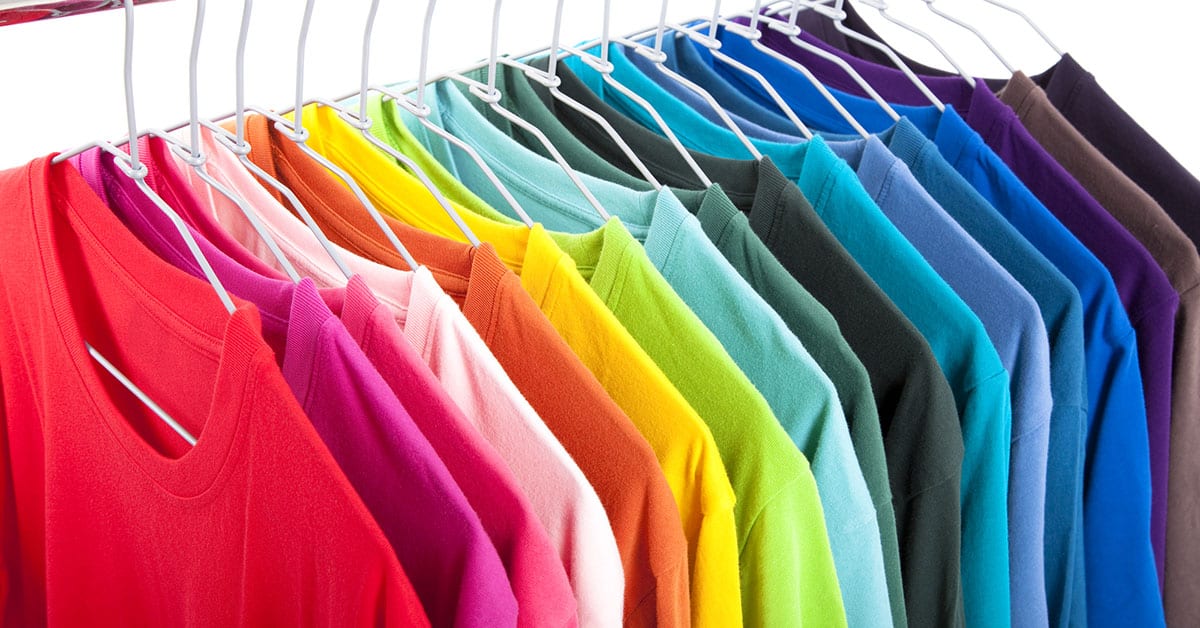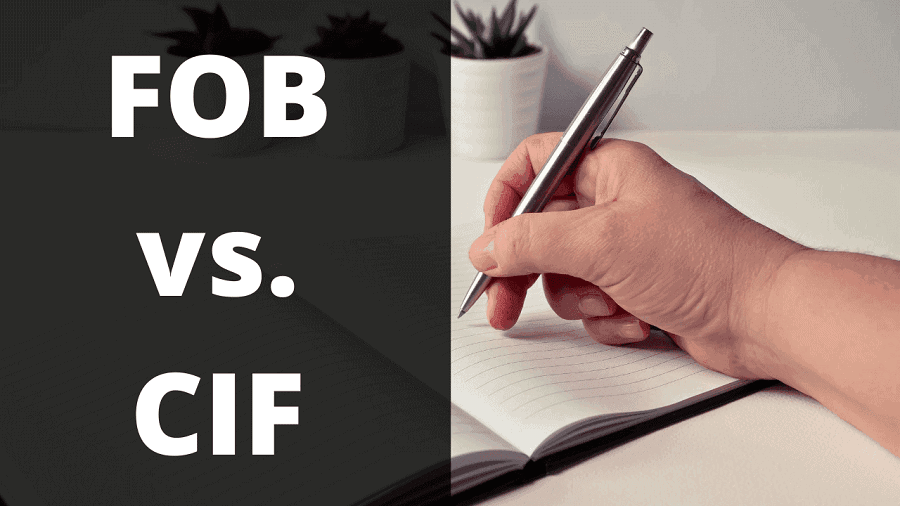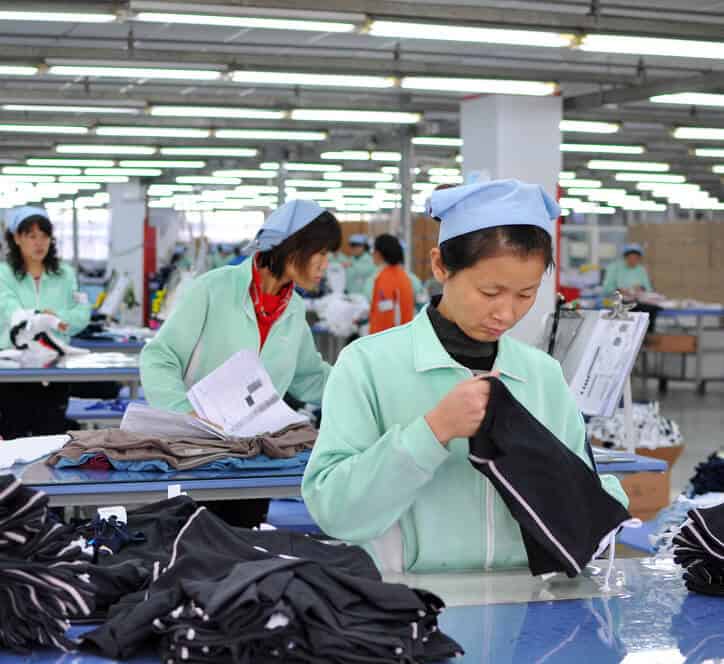European importers can take advantage of the Generalized System of Preferences (GSP+) scheme that the European Union (EU) has granted to Pakistan. The GSP+ scheme provides Pakistan with duty-free access to the EU market for many of its products. The scheme aims to support poverty eradication, sustainable development, and good governance in developing countries, including Pakistan.
To take advantage of the GSP+ scheme, European importers must ensure that the products they import from Pakistan meet the eligibility criteria set by the EU. These criteria include compliance with international conventions on human rights, labor rights, environment, and good governance. Importers must also ensure that the products they import from Pakistan are covered by the GSP+ scheme and that they have the necessary documentation to prove it.
Implementing the GSP+ scheme requires close collaboration between Pakistan and the EU. Pakistan must continue to improve its compliance with the eligibility criteria, while the EU must ensure that the scheme is properly implemented and monitored. The European Parliament has called for a further extension of the GSP+ scheme for Pakistan beyond 2023, recognizing its positive impact on poverty reduction and sustainable development in the country.
Understanding GSP Plus and Its Relevance to Pakistan
The Generalised Scheme of Preferences (GSP) is a trade arrangement that offers preferential tariff treatment to developing countries, with the aim of promoting their economic growth and development. The GSP Plus is an enhanced version of the GSP that provides additional tariff preferences to vulnerable developing countries that commit to implementing 27 international conventions related to human rights, labour rights, environmental protection, and good governance.
Pakistan was granted GSP+ status by the European Union (EU) in 2014, which allowed the country to benefit from duty-free access to the EU market for 66% of its export products. The GSP+ status is subject to regular review and can be revoked if a country fails to comply with the conditions of the scheme. The current GSP+ status of Pakistan is set to expire in December 2023.
The GSP+ scheme has been instrumental in boosting Pakistan’s exports to the EU, particularly in the textile and clothing sector. In 2020, Pakistan’s total trade with the EU was valued at €8.3 billion, with exports accounting for €6.7 billion. The EU is Pakistan’s largest trading partner, accounting for 17% of its total trade.
To maintain its GSP+ status, Pakistan must continue to comply with the conditions of the scheme, including the implementation of the 27 international conventions. The country must also demonstrate progress in areas such as human rights, labour rights, environmental protection, and good governance. The EU conducts regular reviews of Pakistan’s compliance with the GSP+ conditions, and stakeholders such as civil society organizations and trade unions are invited to provide input.
The GSP+ scheme has also provided an opportunity for Pakistan to diversify its export base and reduce its reliance on a few trade partners. The country has been able to increase its exports of products such as leather, rice, and textiles to the EU market. However, there is a need for Pakistan to further diversify its export base and improve the quality and competitiveness of its export products.
In conclusion, the GSP+ scheme has been a significant driver of Pakistan’s exports to the EU and has provided the country with an opportunity to promote sustainable development and good governance. To continue to benefit from the scheme, Pakistan must comply with the conditions of the scheme and demonstrate progress in areas such as human rights, labour rights, environmental protection, and good governance.
Leveraging GSP Plus for European Importers
The EU’s Generalised Scheme of Preferences Plus (GSP+) provides developing countries with a special incentive to pursue sustainable development and good governance. Pakistan is one of the countries that benefit from the GSP+ scheme, which allows them to export goods to the EU at zero or reduced tariffs. This presents a unique opportunity for European importers to take advantage of the tariff preferences and diversify their import base.
The GSP+ scheme covers a wide range of products, including textiles, leather goods, and agricultural products. European importers can benefit from the scheme by importing these goods from Pakistan at reduced tariffs. This can help them diversify their import base and reduce their dependence on other trade partners.
To take advantage of the GSP+ scheme, European importers need to be aware of the tariff lines and products covered by the scheme. They can find this information on the Access2Markets website, which provides detailed information on the GSP+ scheme and its eligibility criteria. European importers should also be aware of the rules of origin, which determine whether a product is eligible for the GSP+ scheme.
The European Commission and the European Parliament are committed to promoting trade with Pakistan and other GSP+ beneficiaries. They have taken steps to ensure that the scheme is effective and that it benefits both the EU and its trade partners. The European Commission regularly reviews the scheme to ensure that it remains relevant and effective.
In conclusion, the GSP+ scheme provides European importers with a unique opportunity to diversify their import base and reduce their dependence on other trade partners. By importing goods from Pakistan at reduced tariffs, they can take advantage of the tariff preferences and expand their export products. European importers should be aware of the eligibility criteria, tariff lines, and rules of origin to leverage the GSP+ scheme effectively.
Challenges and Opportunities in GSP Plus Utilization
Utilizing GSP Plus is not without its challenges, but there are also opportunities for European importers. Compliance with the 27 international conventions on sustainable development, good governance, labor rights, civil society, human rights, environment, and climate change is essential for Pakistan to maintain its GSP Plus status.
Implementation of these conventions has been a challenge for Pakistan, but the government has taken steps to address these issues. The EU conducts regular reviews of Pakistan’s progress in implementing these conventions and can suspend or withdraw GSP Plus status if Pakistan fails to meet its obligations.
In terms of sustainable development, GSP Plus provides an opportunity for Pakistan to improve its environmental protection measures and promote sustainable economic growth. The EU encourages Pakistan to invest in renewable energy and improve its waste management systems.
Political instability and security concerns in Pakistan can also pose challenges for GSP Plus utilization. However, the EU recognizes the importance of social affairs, inclusion, and poverty eradication in promoting stability and security in Pakistan. The EU has provided funding for development projects in Pakistan, which can help address these issues.
Furthermore, GSP Plus can provide an opportunity for Pakistan to improve its economy by increasing exports to the EU. This can create employment opportunities and reduce poverty in the country.
In terms of human rights violations and freedom of expression, the EU has expressed concerns about these issues in Pakistan. However, the GSP Plus system provides a platform for the EU to engage with Pakistan on these issues and encourage improvements.
Overall, GSP Plus provides both challenges and opportunities for European importers and Pakistan. Compliance with international conventions is essential for maintaining GSP Plus status, but implementation can be challenging. However, GSP Plus can provide an opportunity for Pakistan to improve its sustainable development measures, address social and economic issues, and engage with the EU on human rights and freedom of expression.
Conclusion and Future Prospects
In conclusion, the GSP+ scheme has provided Pakistan with a unique opportunity to boost its exports to the EU and improve its economic situation. The scheme has also encouraged Pakistan to implement international conventions on human rights, labor rights, the environment, and good governance, which has led to improvements in these areas.
For European importers, taking advantage of the GSP+ scheme can provide them with access to high-quality goods at a lower cost. However, they must ensure that their suppliers are complying with the GSP+ requirements and that the goods they are importing meet the necessary standards.
Looking to the future, it is essential that Pakistan continues to implement the necessary reforms to maintain its GSP+ status. The European Union must also continue to monitor Pakistan’s progress and provide support where necessary to ensure that the GSP+ scheme is being implemented effectively.
Furthermore, the GSP+ scheme provides an opportunity for the EU and Pakistan to work together to promote sustainable development, combat climate change, improve security, and address political instability and social affairs. By working together, the EU and Pakistan can create a more inclusive and prosperous future for all.
Overall, the GSP+ scheme has been a positive development for both Pakistan and the EU. By continuing to work together and implement the necessary reforms, they can build a stronger partnership that benefits everyone involved.
Frequently Asked Questions
What are the eligibility criteria for importers to take advantage of GSP Plus in Pakistan?
To take advantage of GSP Plus in Pakistan, importers must be based in the European Union and must import goods from Pakistan that meet the eligibility criteria for GSP Plus. Additionally, the importer must ensure that the goods comply with the relevant rules of origin.
What are the benefits of GSP Plus for European importers in Pakistan?
The benefits of GSP Plus for European importers in Pakistan include reduced import duties, which can make importing goods from Pakistan more cost-effective. This can help European importers to remain competitive in their respective markets.
How can European importers apply for GSP Plus in Pakistan?
European importers do not need to apply for GSP Plus in Pakistan. Instead, they can simply import eligible goods from Pakistan and claim the GSP Plus benefits when filing their customs declarations.
What are the requirements for importers to claim GSP Plus in Pakistan?
To claim GSP Plus benefits in Pakistan, importers must ensure that the goods they are importing meet the eligibility criteria for GSP Plus. Additionally, they must provide the necessary documentation to prove that the goods comply with the relevant rules of origin.
What is the process for receiving GSP Plus benefits in Pakistan?
The process for receiving GSP Plus benefits in Pakistan involves importing eligible goods from Pakistan and claiming the benefits when filing customs declarations. Importers must ensure that they meet all the eligibility criteria and provide the necessary documentation to prove compliance with the relevant rules of origin.
What are the restrictions on products eligible for GSP Plus in Pakistan?
There are restrictions on the products eligible for GSP Plus in Pakistan. For example, certain agricultural products, such as sugar and rice, are not eligible for GSP Plus benefits. Additionally, products that are subject to anti-dumping or countervailing duties are not eligible for GSP Plus benefits. Importers should check the eligibility criteria carefully before importing goods from Pakistan.


